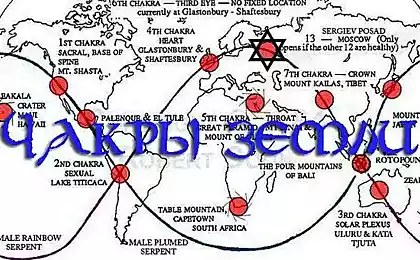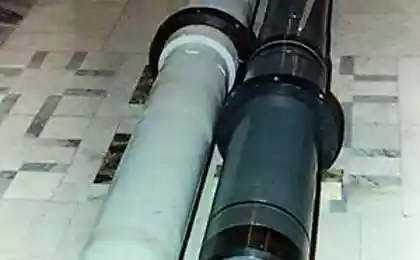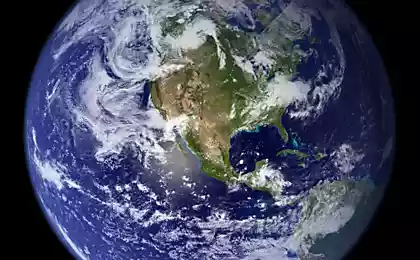757
The scientists used a series of explosions to study the properties of the lithosphere

If you want to be heard on the other side of the large room, then you need to speak loudly. In the open countryside, in the field, need to shout very loud to hear the person on the other side of the field. Well, if you need to get an echo in the study of the Earth's lithosphere, you need to be even more "loud".
Now for the study of the deep layers of the planet, scientists use seismic waves that occur during earthquakes. However, such waves are given a very limited picture, which can be also distorted a number of reasons. In order to get a clear picture of the structure of the deep layers of the Earth (from the lithosphere asthenosphere to a certain level), you must use a special technique.
Methodology заключается in , to surround the source of seismic waves measuring devices with a short interval. Since the occurrence of the earthquake to predict and find out where is located the epicenter is quite difficult, the scientists decided to create their own earthquake. Namely - to produce a loud explosion.
A group of researchers of the University of Victoria decided to study the structure of the tectonic plates in the subduction zone. For this purpose 12 was drilled wells in the region of North Island, New Zealand . The wells were surrounded by a total of 1,200 seismographs. And in each well was blown up half a ton of dynamite. Thanks to that produced by seismic disturbances and reflected waves, scientists were able to get a fairly clear structure the deep layers of the planets in this region. Scientists 'see' the New Zealand lithospheric plates, the Pacific plate and the two weak lines at a depth of about 100 km.
After several discussions, the researchers concluded that these lines show the boundary between the Pacific Plate and the asthenosphere. These two lines will most likely show an intermediate layer capacity of 10 km, while scientists compare this with a lubricant layer, just between the solid plate and viscous asthenosphere. And if this is true, then the slide mechanism of lithospheric plates are now more or less clear.
Now scientists are going to continue to research and further study of the structure of the deep layers of the planet, and the interaction between them. The work of scientists has already been published in Nature .
Source: geektimes.ru/post/245608/
Nepriyatnosi happen ...
Three layer mikrotrakingovye concentrating solar panels significantly increase the efficiency of energy production























